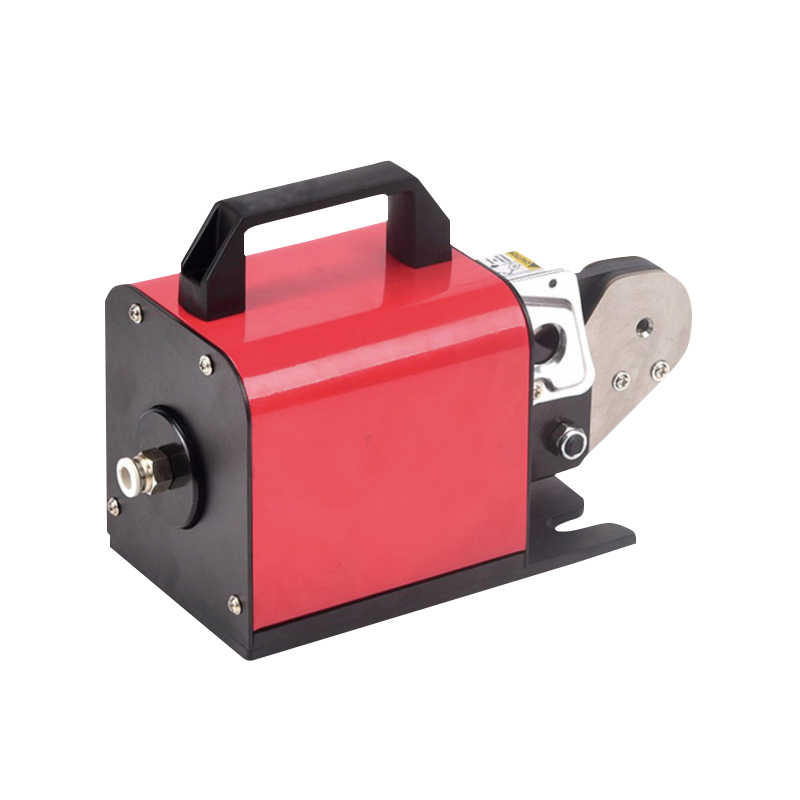Power Up Your Skills: The Ultimate Guide to Electrical Terminal Crimping
OEM/ODM Electrical Wire Terminal Crimping Tool

Using an electrical terminal crimping tool is essential in various industries for creating secure and durable connections in electrical circuits. While these tools are reliable, they require proper handling and technique to ensure both safety and efficiency. Understanding the correct way to use an electrical terminal crimping tool and being aware of common mistakes can help avoid accidents and enhance the quality of work.
When using an electrical terminal crimping tool, the primary concern should always be safety. It is crucial to wear protective gear such as gloves and safety glasses to minimize the risk of injury from accidental slips or debris. Electrical terminal crimping tools exert significant force during operation, and if the tool slips or the user loses grip, it could cause sharp edges causing cuts or other injuries. Furthermore, safety gloves also provide a better grip on the tool, reducing the likelihood of mishaps due to sweaty or oily hands.
Another important safety measure when using the electrical terminal crimping tool is ensuring that the tool is in good working condition. Regular maintenance is necessary to ensure that the tool functions as it should. Check for any worn-out parts, such as the crimping dies, handles, or springs, as these could affect the crimping quality and may pose a safety risk. If any part of the tool is damaged, it should be repaired or replaced before use. In addition, never attempt to modify the tool in ways that are not recommended by the manufacturer.
One of the common mistakes when using an electrical terminal crimping tool is choosing the wrong size for the wire or terminal. Each crimping tool is designed to work with specific wire gauges and terminal sizes. Using the wrong tool can result in either a weak connection or excessive strain on the tool, causing poor crimps and, in some cases, tool damage. It is essential to verify that the electrical terminal crimping tool is compatible with the size of the wire and terminal being used. Before beginning the crimping process, double-check the specifications of the tool and the terminal to ensure they align properly.
In addition to selecting the right size tool, improper crimping technique is another common issue. Crimping should be performed slowly and steadily, ensuring the wire is fully seated in the terminal before pressure is applied. One mistake people often make is rushing the crimping process, which leads to incomplete crimps that do not properly secure the wire. A poor connection could result in electrical failures or hazards. It is important to give the tool enough time to create a solid, reliable crimp without excessive force. Forcing the electrical terminal crimping tool beyond its capacity may also cause damage to both the tool and the terminal.
Ensuring that the wire is correctly prepared before crimping is another vital factor to avoid mistakes. Stripping the insulation too much or too little can cause improper crimps. Stripping too much exposes excess wire, which could short-circuit or cause damage, while too little exposure can prevent the crimp from forming a proper connection. To avoid this, carefully strip the wire to the recommended length and ensure that only the bare wire is inserted into the terminal before crimping.
Environmental conditions also play a role in the proper use of an electrical terminal crimping tool. If you are working in damp conditions, extra caution should be taken. Moisture can affect both the tool's performance and the integrity of the electrical connection. Always ensure that the working area is dry and free of conductive materials to prevent short circuits and ensure a clean crimping process.
While using an electrical terminal crimping tool, it is also advisable to test the crimped connection for reliability. A quick visual inspection can often show whether the crimp is fully formed, but sometimes, a more in-depth test may be needed to ensure the connection’s integrity. There are tools available that can measure the strength of the crimp and help verify that the connection will hold up under normal usage.
In conclusion, the electrical terminal crimping tool is an invaluable tool in electrical work, but it must be used correctly to avoid accidents and ensure ideal performance. By following basic safety guidelines, maintaining the tool, using the proper size for the wire and terminal, and employing correct crimping techniques, users can greatly reduce the risks associated with electrical terminal crimping. Being mindful of these practices will help ensure that every crimp made is secure, safe, and reliable.

 EN
EN  English
English русский
русский Español
Español عربى
عربى









